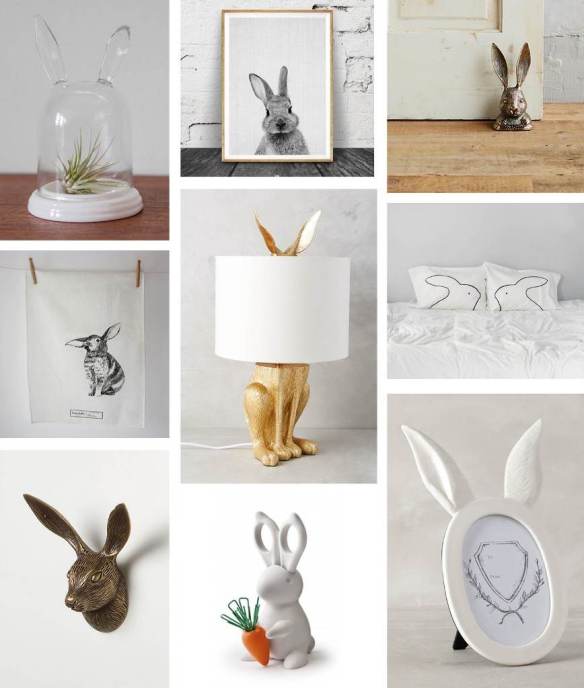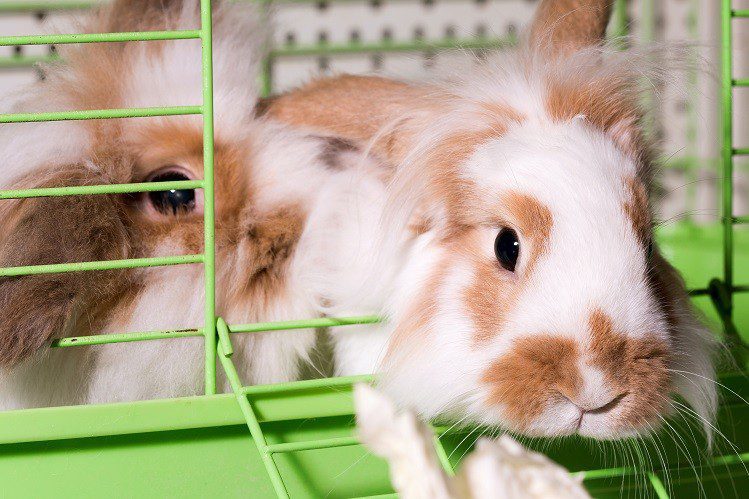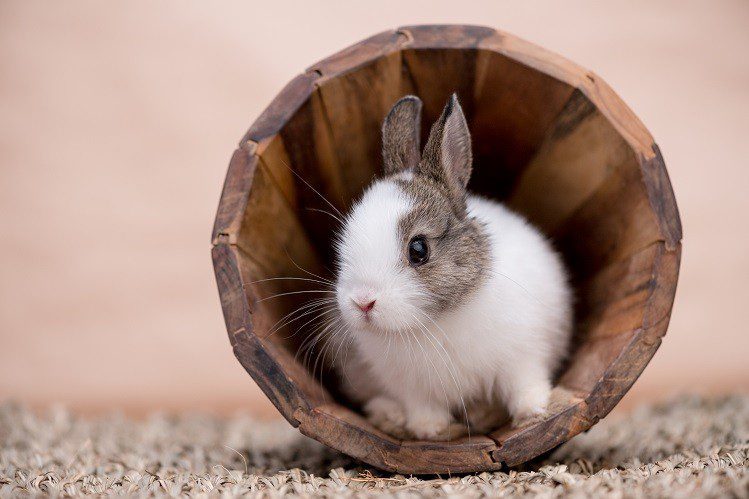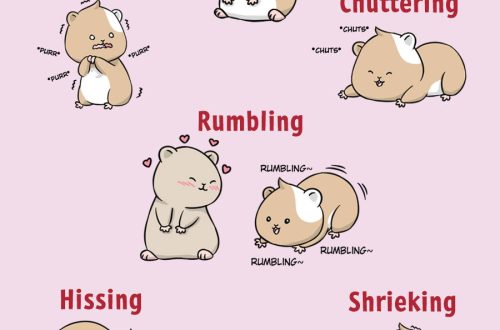
Keeping decorative rabbits at home
Decided to get a decorative rabbit? Congratulations! These are incredibly cute and cheerful animals with interesting habits. But in order for the pet to be truly happy in the new house, its home must be properly equipped. About keeping rabbits for beginners in our article!
Each pet should have its own place in the apartment. For a rabbit, such a place is a spacious cage. Of course, you can let him run around under your supervision, but when you are not at home and at night, the rabbit should be in a cage. It guarantees its complete safety.
Rabbits are very active animals that love to explore everything around. Therefore, the cage must be chosen spacious, preferably rectangular, so that they feel free in it. If you have not one, but two (or more) rabbits, then the cage should be larger.
In terms of material, the best solution is metal cages with a plastic pallet (such as Midwest cages and aviaries). The metal easily withstands moisture and disinfectants and lasts a long time, and the plastic tray protects the sensitive paws of the rabbit from damage and greatly facilitates cleaning. Remember that decorative rabbits have sensitive paws and a slatted bottom can damage them.
Although environmentally friendly, wooden cages for rabbits and rodents are a poor solution. Wood wears out quickly, absorbs moisture, retains odors and makes cleaning difficult. In addition, external parasites can start in its cracks, which will then be difficult to get rid of.

The main attributes of a rabbit cage are a feeder, a drinking bowl, bedding, a house, a mineral stone, several toys and a tray (if you plan to teach your pet to use the toilet).
The feeder and drinker should be comfortable and fit the pet in size. It is very important to monitor the condition of the feeder: the remaining perishable food must be removed in a timely manner. There should always be fresh drinking water in the drinker.
It is not recommended to use paper, cotton wool and other attributes not intended for rabbits as bedding. This is not only ineffective, but also unsafe. For example, cotton wool accidentally swallowed by a rabbit can lead to intestinal obstruction.
The ideal bedding for rabbits is special cleaned sawdust (eg Fiory Woody) or corn litter (Fiory Maislitter). They perfectly absorb liquids, retain odors and are very economical.
To make the rabbit really feel completely safe, get a special house for him and install him in a cage. The house will become a safe haven for your pet, where he can always hide and rest, and where no one will disturb him.
Mineral stone is needed by rabbits to grind and strengthen teeth, as well as to saturate the body with useful substances. It is also known as bio-stone (for example, Big-Block bio-stone). Be sure to provide them with a cage.
And the last thing: toys so that your pet’s leisure time is always interesting. Get a few toys for the rabbit that can be rolled or moved, special rolls, play tunnels, crossbars, etc. Do not forget that games are very useful not only for physical development, but also for intellectual development.
The cage is installed in the bright part of the room, on a flat, solid surface, away from drafts, heaters, appliances and noise sources. It is not recommended to put the cage on the windowsill.

You need to monitor the condition of the feeder and drinker regularly. The remaining perishable food should be removed from the cage daily, and the water in the drinker should be replaced with fresh water. The litter is changed as it gets dirty: at least 3 times a week.
It is recommended to carry out a general cleaning of the cage once a week. Completely replace the bedding, clean the tray and other paraphernalia. For disinfection, use products that are safe for rabbits.
It is better to let the rabbit out of the cage during the cleaning.
Keeping a rabbit in an apartment will not cause any difficulties, especially with the acquisition of experience. In the meantime, keep the contacts of the breeder or veterinary specialist close at hand and in case of doubt, do not hesitate to consult them.





